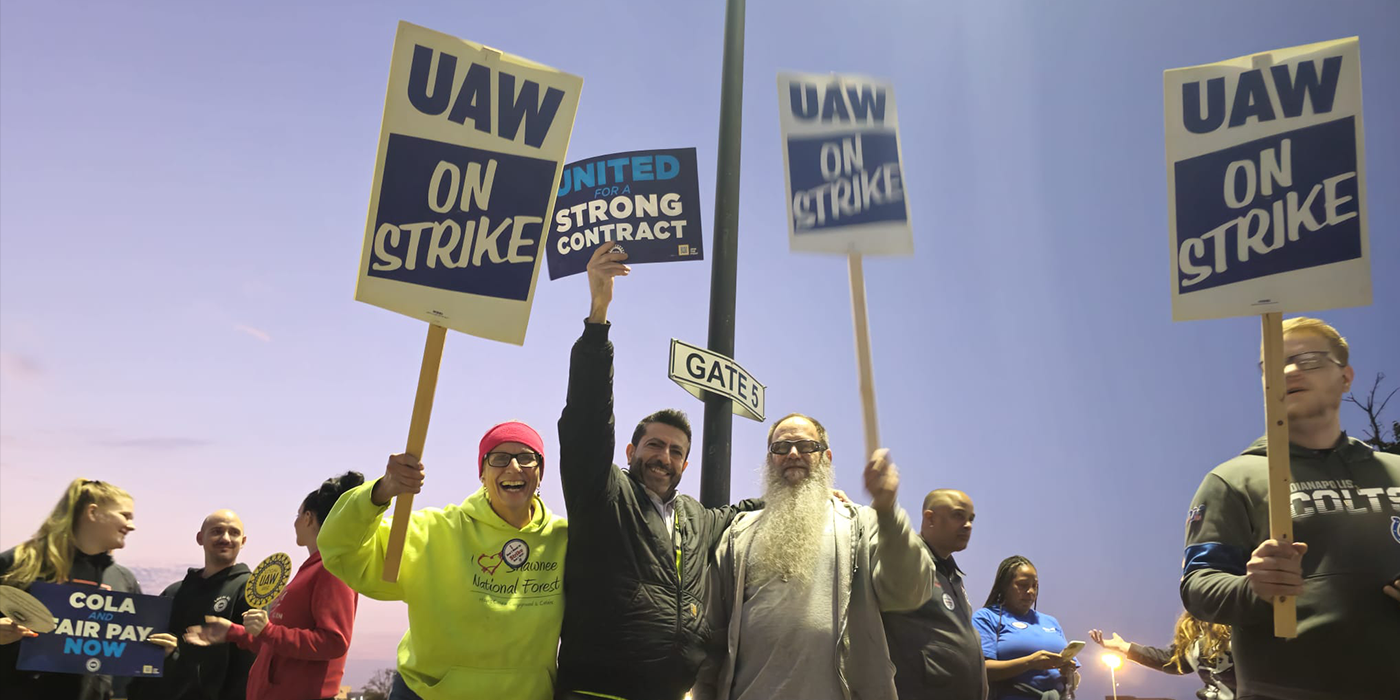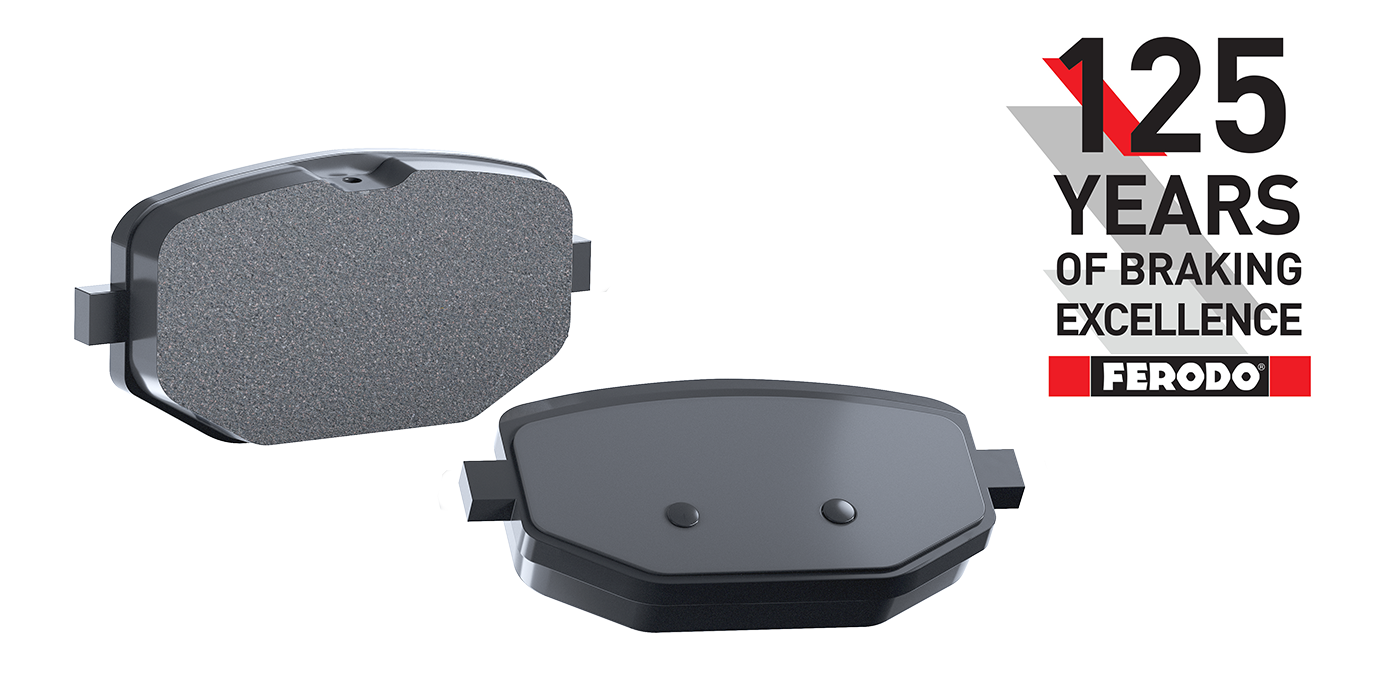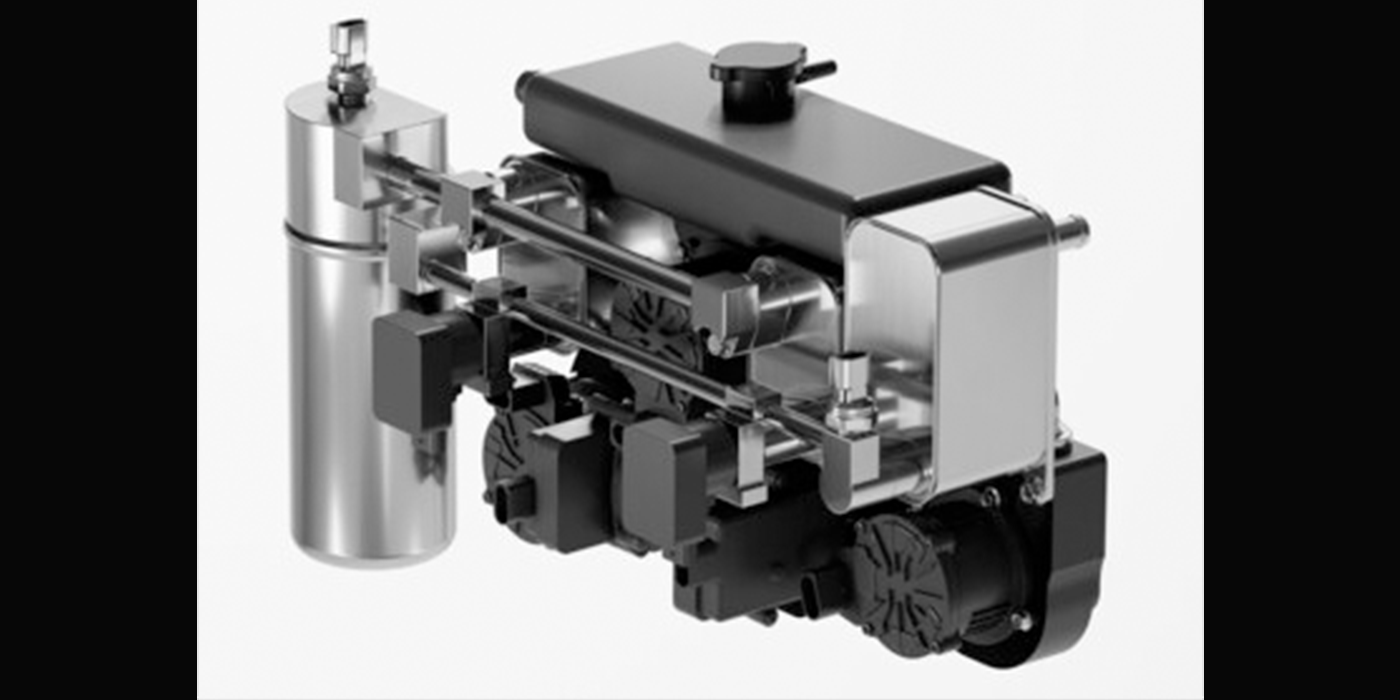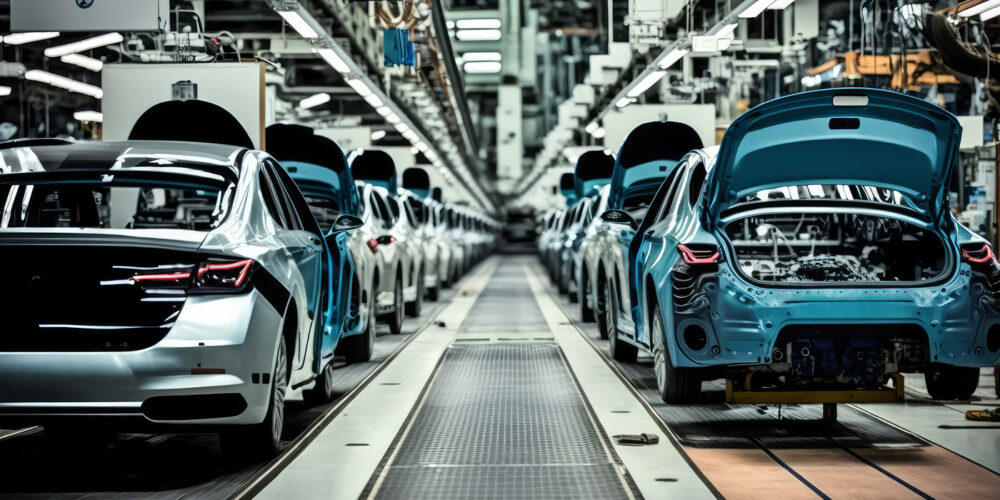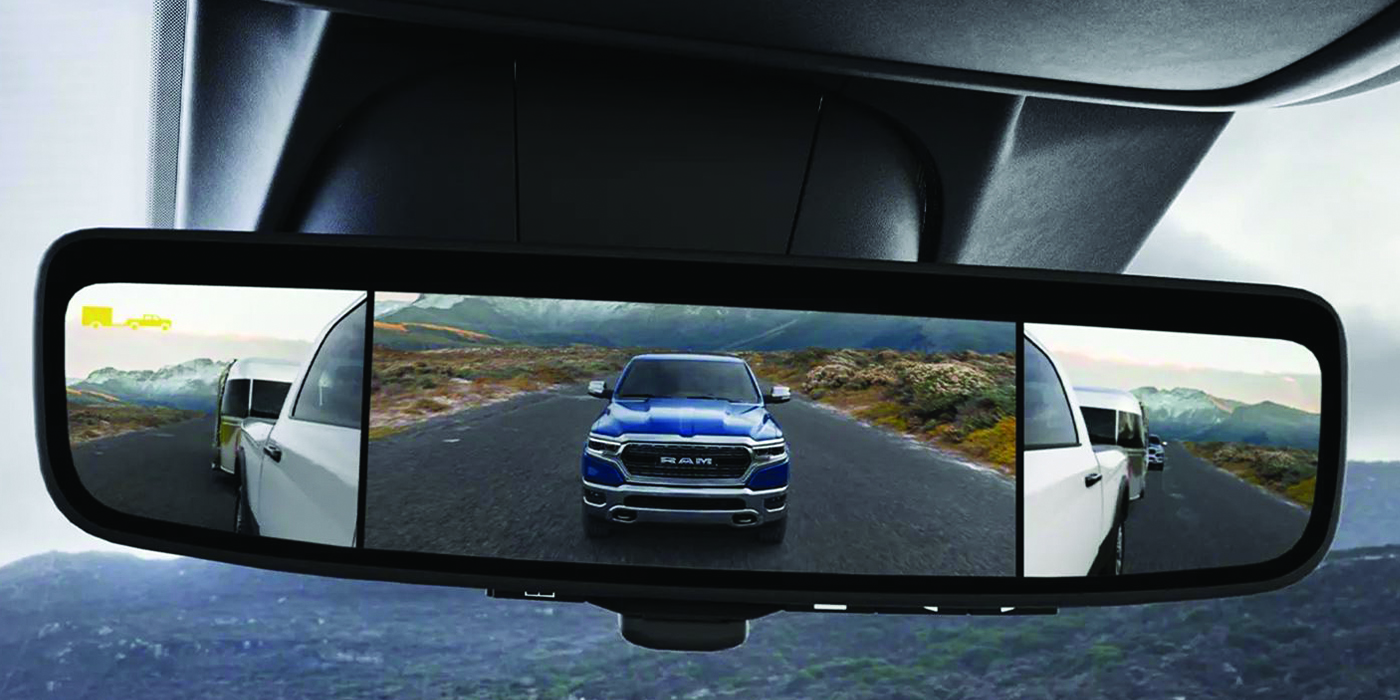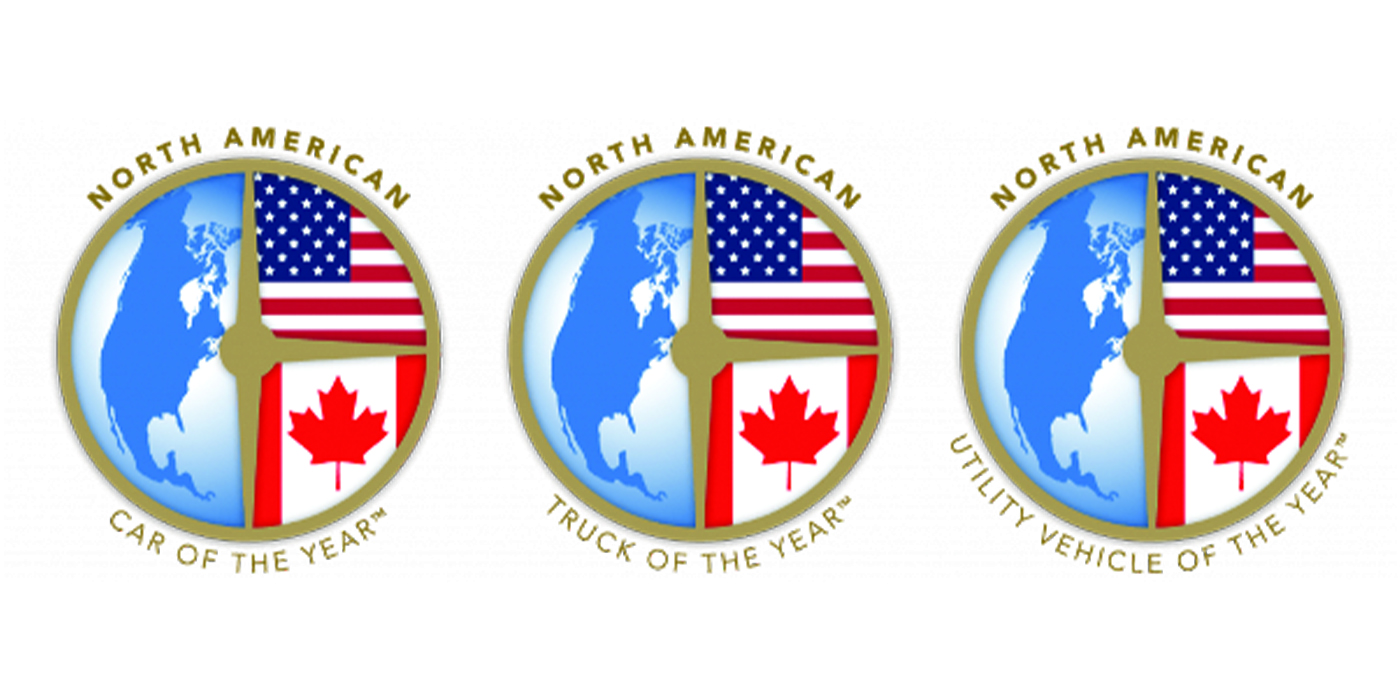From Chicago Tribune
DETROIT — As far as regional director Jimmy Settles is concerned, his United Auto Workers union needs to polish its image.
But recently, when he invited one of the industry’s foremost experts on labor economics to explain how to accomplish this to his Detroit-area local, his phone rang off the hook.
Dump him, the callers said. He’s not a friend of the union. The message was clear: Critics like Sean McAlinden, the chief economist of the Center of Automotive Research, aren’t worth listening to.
As the UAW hurtles toward the most crucial turning point in its long and storied history, leaders like Settles face a challenge no less daunting than the one threatening the auto companies whose workers they represent.
Pressed to the wall by relentless global competition, how do you get a large, sclerotic organization to accept change — especially when that change involves pain and dislocation?
For the UAW to survive it will have to radically transform the way it interacts with management. Even though that change is evident in a surprising number of union locals, reformers are a minority and it remains to be seen whether the UAW’s leadership has the skill and grit to get the job done.
The union’s problem, said McAlinden, a former auto-parts worker who quit his job to get a doctorate in economics, is that it lacks a “reverse gear.”
He has a chart showing that while the UAW had a 16 percent lead in pay over average union workers in 1960, that gap has yawned to a staggering 69 percent today. He said the average UAW worker costs automakers an average of $65 an hour, including benefits.
The problem now, McAlinden said, is that the UAW “can’t go backward on wages and benefits. The current generation of Big Three workers won’t accept it.”
One thing that’s certain is that the union will likely be jammed into reverse in bargaining with bankrupt Delphi Corp. and General Motors Corp., its former owner. Delphi CEO Steve Miller has said he wants to strip away years of contract gains.
Though experts say he is likely to relent on some demands before the negotiation is over, there is little doubt the union will have to back down on the wages that have long made its members the aristocrats of the nation’s blue-collar workers.
The question is, at a time when union members are being forced to trim their lifestyles, can mid-level leaders like Settles convince them they have to work even more closely with management in order to compete?
History has shown that the only way to beat the Japanese is to abandon the traditional confrontational relationship between labor and management.
Union leaders and enlightened company executives argue that management has as much responsibility for change as labor. But in the UAW it will likely boil down to politics.
“We’ve gotta change the culture if we’re gonna survive,” said Oscar Bunch, head of a Toledo local that represents GM workers. “But we’re all elected, so it’s a damn tightrope you gotta walk today to preach togetherness. What it takes is someone who says ‘I’ll take the heat.'”
UAW officials, insisting the union is open to change, point to a speech last week by Bob King, the union’s vice president for organizing. Speaking at a conference at the Detroit branch of the Federal Reserve Bank of Chicago, King emphasized the UAW’s non-adversarial approach with auto suppliers that cooperate with it.
King, in an-email to the Tribune, explained that the UAW has not abandoned its traditional “goals and values,” and he said it is “very clear” to the union that it has to change its strategies “to adapt to today’s global realities.”
UAW President Ron Gettelfinger, who is up for re-election, declined to be interviewed. Meanwhile, the realities King referred to are daunting.
Besides Delphi’s challenge to the union’s wages and benefits, the UAW stands to see at least 76,000 jobs disappear in coming years as GM, Ford and Delphi slash payrolls. To boost the cutbacks, the companies are also offering buyouts and early retirement offers, which could lengthen the lineup of UAW workers on the way out.
Such losses could drop the UAW to nearly one-third of its size compared with 28 years ago, when it was the nation’s biggest union with more than 1.5 million workers. The union says its membership, averaged over 12 months, was 599,000 last year. Optimists hope the UAW will emerge as a smaller, more competitive union. There are pockets where the future is already evident.
One striking example is a new engine plant in Dundee, Mich., a venture of DaimlerChrysler AG, Korea’s Hyundai Motor Co. and Japan’s Mitsubishi Motors. Called the Global Engine Manufacturing Alliance, it illustrates innovative labor-management relations.
The Alliance’s 254 workers earn the same wages and benefits as the Big 3, but all of the positions are skilled and employees must have at least an associate’s degree or a skilled journeyman’s card to work there. Each candidate undergoes extensive screening and background checks.
UAW Local 723 has embraced continuous improvement and its corollary–job displacement. The plant has outsourced a few dozen operations to suppliers, some of them non-union.
The decision to locate the plant in Dundee was predicated on the union’s cooperation, said Ken McCarter, the Chrysler executive who negotiated the contract.
“Given the challenge of building four-cylinder engines in North America versus having those products imported to the U.S., we sat down with the UAW and looked at ways we could build a new plant, bring new investment, have jobs for the community, and have a very competitive situation,” he said. “And the early signs are we’re off and running.”
Art Baker, the shop chairman of UAW Local 652 in Lansing, Mich., provides another example of a union leader whose ability to rally workers and get along with the company has paid off in jobs. When GM talked about closing most of its plants in Lansing several years ago, politicians, community leaders and the UAW quickly banded together to persuade the carmaker to do otherwise.
Baker, a tall, thin man who talks in rapid-fire rhythm, said a major reason GM reconsidered was his local’s willingness to adjust work rules, adopt teams and generally get along.
“All of us have to take a more active role in helping GM manage its business,” said Baker, who has led the south-central Michigan local for 25 years. The core of his strategy, he explained, is handing over as much power as possible to workers on the line.
Asked about criticism within his local that cooperating has resulted in total local jobs dropping from a peak of 12,600 to 6,000 today, he said: “The situation may not get better. But you can’t give up. Because if you give up, it will only get worse.” Change, but with balance
Within UAW circles, Settles, 55, who started out at a Dearborn, MI, auto plant 38 years ago, is considered a progressive thinker and is up for one of the union’s vice president positions at its June convention.
“We are looking ahead,” Settles said. “We have to make some historic changes. But the companies have to also.”
Still, some current and past UAW officials talk of a union led for years by one faction where dissent is discouraged, top officials are reluctant to rile the rank and file, and members do not want to give up their top-tier wages and benefits. It’s even harder, they say, to ask workers for sacrifices when they see how lavishly corporate America takes care of itself.
“Everything the UAW has done has been with one foot on the gas and one on the brakes,” said a high-level UAW official who asked not to be named for fear of damaging his ties with the union.
Greg Shotwell, a spokesman for a small band of dissidents, accuses his union of being “tied to the GM’s apron strings.” Yet he admits that his group’s numbers are few and that they have little traction with the UAW rank and file.
“Concessions don’t work. They don’t save jobs,” said Shotwell, 55, a 27-year veteran at the Delphi plant in Coopersville, Mich. His 550-worker facility is slated for sale or closure.
Nor does Russ Reynolds think concessions will save union jobs.
“It is hard to do any favors for this company [Delphi], when they break their promises daily,” said Reynolds, president of UAW Local 651 in Flint, MIm Like a sacred text, a thick union contract sits prominently on the corner of his desk, which is boxed in by U.S. and UAW flags.
“Now is not the time to divide the union,” added the tall, silver-haired former U.S. Marine, whose first auto factory job in 1967 paid $3.47 an hour.
His local’s members work at Delphi East in Flint, MI, a massive, nearly 100-year-old plant that Delphi wants to get rid of. Once his local had 13,000 members. Now it is down to 2,700. What will happen, Reynolds said, to those who have never worked anywhere else? Rounds of anxiety, uncertainty
That was the question tossed around over lunch by a handful of UAW members in Jamins Lounge, a bar just next door. It was dark and gloomy and so was the mood in the room.
Laid-off workers who earn full salaries while sitting in the Jobs Bank–a unionized form of furlough–they grumbled about spiraling uncertainties and how the union and company had failed them. They didn’t want their names used, they said, because they feared angering the company or union.
“I feel betrayed,” grumbled one man, whose empty beer bottles were accumulating in front of him. “We figured at the end of 30 years they would take care of us. And now they are pulling the rug from under us.”
Another, who had been quietly listening, suddenly spoke up about how his wife doesn’t sleep well at night, how his daughter calls daily to make sure he’s OK, and how he frets about what kind of job someone like him, someone in his late 40s, could find today in Flint.
Then he stopped. There was a long nervous silence.
“It’s chaos over there in the factory,” said another man, punching his hands in the air. “Nobody knows what to do. Ever seen an anthill that gets hit and they scramble in every direction?”
Copyright 2006 AFX News Limited. All Rights Reserved.
_______________________________________
Click here to view the rest of today’s headlines.
Copyright (c) 2006, Chicago Tribune

